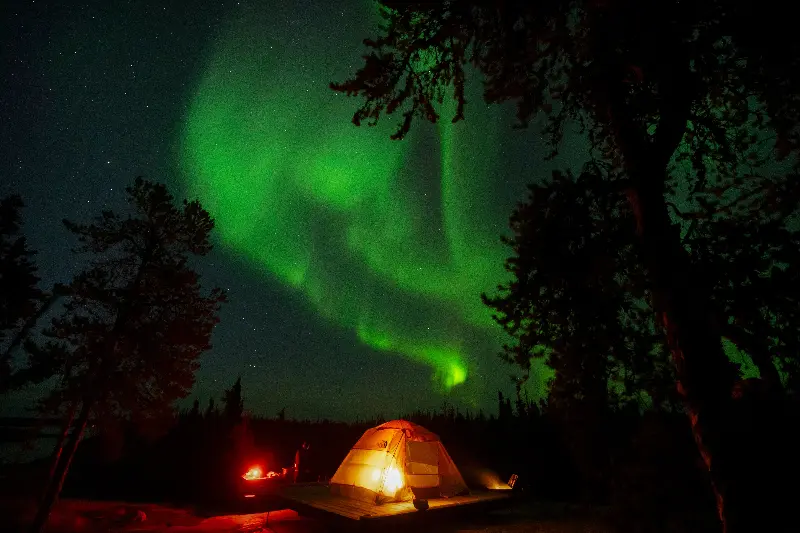
A series of powerful solar eruptions lit up the skies Tuesday night, producing vivid northern lights visible across much of the U.S.
Forecasters said the displays could extend as far south as Alabama and Northern California, depending on the storms’ timing and intensity.
The National Oceanic and Atmospheric Administration (NOAA) said multiple coronal mass ejections (CME) — bursts of charged solar particles — and the resulting geomagnetic storms may interfere with radio and GPS signals while producing colorful auroras.
This follows a recent storm watch announced for November 7 and 8.
The skies have also been illuminated in recent weeks (or are soon expected to be) by the Taurids Meteor Shower, comet 3I/ATLAS, comet C/2025 K1 (ATLAS) and the Beaver Moon.
Social media posts from Minnesota to South Carolina captured dazzling views of the northern lights Tuesday night.
Tips for Watching the Northern Lights
Northern lights forecasts are available on NOAA’s Space Weather Prediction Center website and through aurora tracking apps.
Experts recommend watching from a dark, open area away from city lights, such as a local or national park, and checking weather conditions in advance since clouds can obscure the view.
Photographers say smartphone cameras can sometimes capture colors and details of the aurora that aren’t visible to the naked eye.
Updates: 11/11/25, 9:54 p.m. ET: This article was updated with new information.
This article includes reporting by the Associated Press.
